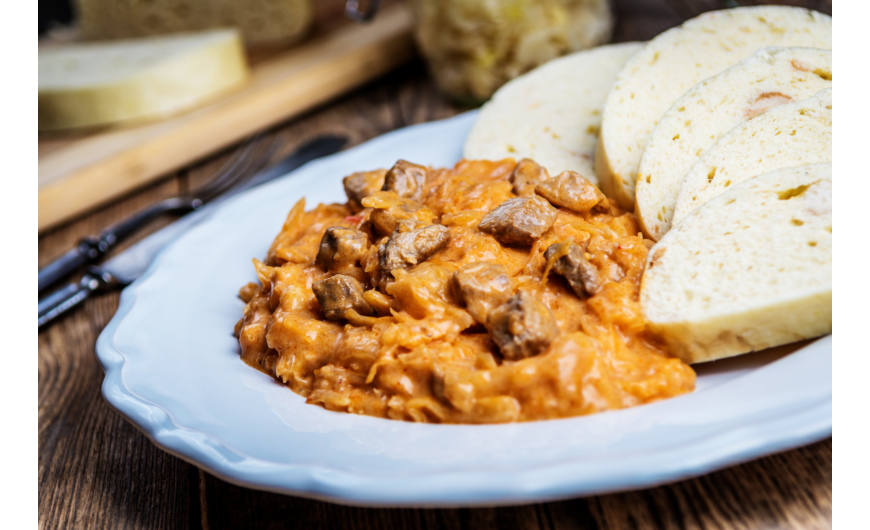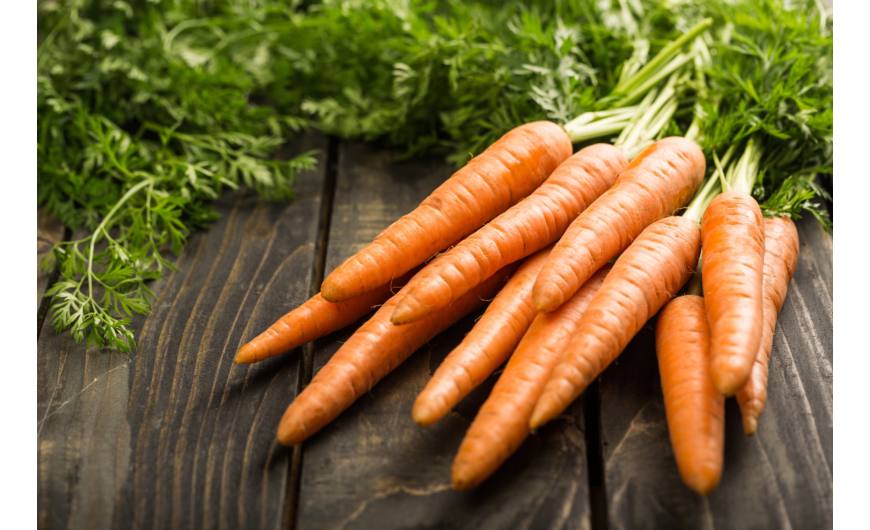Are you longing for a good chicken stew? Is your saliva excreted immediately if you are thinking of hot, steaming chicken soup with vegetables, or perhaps a witchly seasoned roasted chicken leg? Now we tell you why you don’t have to regret your culinary sins if you consume these heavenly dishes.
In Hungary, chicken meat is one of the most popular and most accessible meat types. Although its price is slowly racing with pork, its consumption is still more pro than against.
The “jungle” chickens have long been on the planet
The ancestors of today’s chickens are a very distant relative of the pheasants, the “bankiva” hen, also known as the “jungle”. This wing is found in the Far East – Malaysia, Vietnam, Indonesia – to this day.
According to other sources, our poultry stock was born by crossing the “bankiva” and the “gangekar” hen, and in addition, i. e. It also appeared in 2000 in Indian households.
What we already have concrete evidence for is i. e. 600 of Babylonian wood carvings that testify to Sumerian chickens. At this time, chicken was still mainly due to eggs, and this has remained for centuries.
Surprise: chicken meat is delicious!
The consumption of chicken meat is really the II. widespread during World War II, when dietary habits were transformed. The main reason for this was that keeping poultry, including chickens, was much less effort and (resource) investment for larger slaughter animals such as pigs, cattle, sheep, or lambs.
In addition, the chicken reaches its cutting weight sooner than the four-legged ones mentioned above.
The focus was5 + 1 arguments for chicken meat consumption
1. Protein, protein, protein
Chicken is one of the most well-known protein sources, most of which are found in chicken meat. Already 100 grams of chicken breasts cover over half of an adult’s daily intake of protein, a total of 21 grams. For this reason, it is also a good food for dieters and bodybuilders.
2. Low fat content but still useful
The fat content of 100 grams of chicken breast is a total of 2.6 grams, but even this is mostly unsaturated, that is good fatty acid, so it is useful for the human body. We don’t even have to despair if we get the meat with the chicken skin in the shop or the butcher, or in the restaurant: remove the skin from the chicken, and we’ve already greatly reduced the high fat content of the food.
3. It contains a lot of vitamins
In addition to protein and useful fats, chicken is also rich in calcium, magnesium, iron, phosphorus, zinc and potassium. With this, the list is not nearly complete as vitamins A, B3, B6, B12 and D are abundant in chicken meat, as is selenium and niacin.
4. The chicken meat is smart
Good quality, lean chicken meat contains omega-3 and omega-6 fatty acids, so it does not only saturate your stomach, but also stimulates our brain function.
5. Chicken meat is a secret healer
Thanks to the nutrient and vitamin content of chicken meat, it helps to prevent osteoporosis in the elderly. Selenium plays a major role in the maintenance of metabolic processes and in the functioning of the immune system. Thanks to vitamin A and its derivatives, we can protect our eyes from chicken meat while niacin cares for the skin. By the way, who wouldn’t have experienced the healing power of chicken soup if it was cold?
+1. Variety delicately delights
Due to its relatively neutral taste and texture, chicken meat is one of the most varied meat we can make.
In soups, cooked, spicy or less dominant, both divine dishes can be made quickly and quickly. Just think about chicken soup with vegetables, thyme roasted chicken leg, chicken stew , “Hortobágy” style meat pancake on creating fast, cheap and nutritious meat. , or Bacon chicken breast, or chicken breast with chicken breast, and stuffed chicken legs.
Variety not only delights, but it does well.










